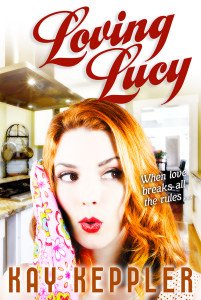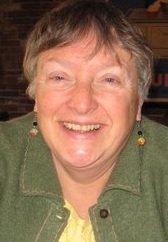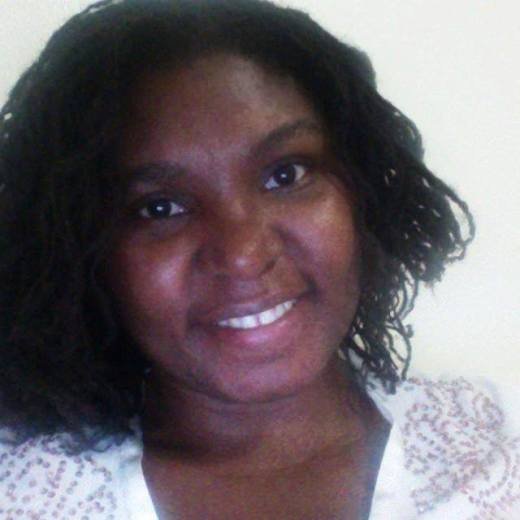Resolving Fictional Love Triangles by Kay Keppler
 Let’s welcome back monthly columnist, editor and novelist Kay Keppler, as she shares with us about “Resolving Fictional Love Triangles.” Enjoy!
Let’s welcome back monthly columnist, editor and novelist Kay Keppler, as she shares with us about “Resolving Fictional Love Triangles.” Enjoy!
***
Many books, whatever their genre or literary bent, include a love story. Whether thriller, mystery, science fiction, or even Western, many stories that are not written primarily as romances include a love story in which the complications of the lovers match, complement, or escalate the complications of the primary plot. Think of Robert B. Parker’s Westerns, John Sandford’s thrillers, and many others.
Having the characters involved — creating a personal, internal tension — enriches the tension of the external threat or involvement. When two characters overcome both individual and external obstacles to build their connection, readers can feel confident that not only did the characters succeed in vanquishing the threat, but the relationship will succeed, too, which provides a particularly satisfying end to the story.
Presenting: The Rival
Sometimes, however, the complications of the lovers include an extra love interest. When the hero or heroine needs to make a choice between two, the choice almost inevitably upsets at least some readers. To see this phenomenon in action, take a look at the Amazon reviews for Dead Ever After, the final book of Charlaine Harris’s Sookie Stackhouse series, in which Harris ties up the loose ends of that world and settles the future of her heroine. Dead Ever After has four times as many reviews as any other book in the series, with the lowest star rating of all 13 books. Readers were not happy with Harris’s resolution.
The trick to keeping your readers (relatively) happy is maintaining reader sympathy for the character who makes the choice, while not creating any ambivalence about the outcome. Michael Hauge http://www.storymastery.com/, a film and fiction story doctor, has four guidelines for when your hero or heroine must choose between two lovers.
- Make the rejected character a jerk that deserves to be jilted. If the rejected suitor has done something underhanded to break up the deserving couple, or if s/he pursues the character for insidious reasons (for money or position, for example), then readers won’t care if the rival gets dumped. In Bridget Jones Diary, for example, Daniel Cleaver is a self-centered two-timer, so Bridget can go with Mark Darcy guilt-free.
- Let the rival realize he isn’t her destiny. If the rival calls off the relationship, realizing that he won’t make the heroine happy, and if she’s okay with that, readers will be fine with that, too. Think of the film Sleepless in Seattle, when Walter breaks up with Annie by saying he doesn’t want to be “… someone you settle for. I don’t want to be anyone someone settles for.”
- Give your character someone better to be with. In Sense and Sensibility, Elinor can be with Edward because his fiancé, Lucy, marries his brother Robert.
- Leave your protagonist alone at the end, but better off or moving on. Sometimes the protagonist realizes that the romance character belongs to someone more deserving. You see this ending in dramatic love stories or when the romance plot is a subplot, but rarely in a romantic comedy. This kind of ending is wonderfully executed in the film Casablanca.
When Characters Have a Decision to Make
Charlaine Harris basically went with guideline #3 to finish her series, a choice that gave her lots of disgruntled reviews. What could she have done instead to end her series on a note that more readers would have been happy with? Maybe nothing. (Although if I’d written Dead Ever After, I probably would have gone with guideline #4 for Sookie. Not that Harris asked me. And not that she should have.)
When the pedal’s to the metal and your fingers are on that keyboard, you have to write your vision for the characters you understand better than anyone. You can’t write to please readers, and you’ll never please all of them all the time, anyway. Consider the guidelines for resolving love triangles. And then see what your characters think.
***
ABOUT THE AUTHOR
Kay Keppler is an author Zero Gravity Outcasts, Betting on Hope, Gargoyle: Three Enchanting Romance Novellas, and editor of fiction and nonfiction –Angel’s Kiss and Outsource It! She lives in northern California. Contact her here at Writer’s Fun Zone in the comments below, or at kaykeppler@yahoo.com to ask questions, suggest topics, or if you prefer, complain.
is an author Zero Gravity Outcasts, Betting on Hope, Gargoyle: Three Enchanting Romance Novellas, and editor of fiction and nonfiction –Angel’s Kiss and Outsource It! She lives in northern California. Contact her here at Writer’s Fun Zone in the comments below, or at kaykeppler@yahoo.com to ask questions, suggest topics, or if you prefer, complain.






